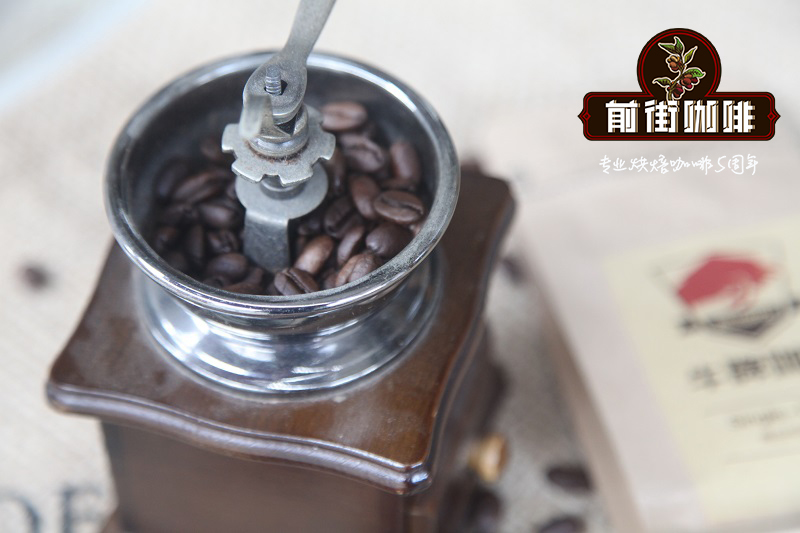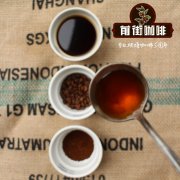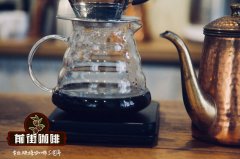What are the flavor and taste characteristics of Rwanda boutique coffee Musasha du Kende Kawa Cooperative?

Professional coffee knowledge exchange more coffee bean information please follow the coffee workshop (Wechat official account cafe_style)
What are the flavor and taste characteristics of Rwanda boutique coffee Musasha du Kende Kawa Cooperative? How is the planting environment?
National Rwanda (Rwanda)
1500-2000 meters above sea level
Variety bourbon
Producer Governor Ken de Kawa Cooperative
Treatment washing
Musasha Cooperative located in the Rushashi producing area of northern Rwanda
Another well-known name is Dukundekawa
He achieved good results in the cup test competition in previous years.
Musasha Cooperative was established in 2002.
Since the establishment of the first washing treatment station with funding from the authorities to start production in 2003
Continue to produce high-quality washed Rwandan coffee.
*
Coffee in Rwanda is mainly produced by small farmers.
Musasha Cooperative is one of the largest farmers' associations in China.
At the beginning, there were 800 members, and about 1/2 of the members were women
150 of them are also working at the processing station.
At present, it has grown to more than 2,000 smallholder members.
Musasha Cooperative now has three washing treatment stations.
During the annual harvest period, farmers pick ripe coffee berries and concentrate on the treatment station for operation.
First, it is selected by hand to ensure that no immature or damaged fruit is mixed in.
Then peel off the peel.
After 12 to 18 hours of washing and fermentation in a cool and low temperature environment
Wash the attached jelly in the channel.
During the drying process of the scaffolding, the members of the treatment station will turn it manually.
Take good care of it and make sure it is in the sun.
Raw beans with shells will not lose moisture too quickly or dry unevenly.
Until the moisture content of raw beans dropped steadily to less than 14%.
*
In previous years, the cooperative regularly donated a certain proportion of its net profit to
A fund used by the government to cultivate the domestic coffee industry
In order to build more washing treatment stations and improve the output and quality.
In recent years, through the coffee assistance program in Europe and the United States (PEARL's Coffee Program)
Further improve production quality
And sell the high-quality coffee directly to the international boutique coffee market.
So that the income of coffee farmers has been significantly improved.
Coffee industry is the lifeblood of Rwanda's economy.
Account for about 80% of the country's export earnings
For rural areas like Musasha,
Coffee as the main income of the family
Is an important pillar of education, health care, and the maintenance of homes and farms.
It has greatly improved their lives.
Small coffee farmers in Rwanda, by producing high-quality boutique coffee
On the premise of sustainable operation in line with economic and ecological protection
Raise the level of industry
And improve the quality of life of local residents at the same time.
To lead Rwanda out of the pain of war to a new future of peace and prosperity.
*
Important Notice :
前街咖啡 FrontStreet Coffee has moved to new addredd:
FrontStreet Coffee Address: 315,Donghua East Road,GuangZhou
Tel:020 38364473
- Prev

Flavor and taste characteristics of Guatemala single coffee bean Finca La Perla Sleeping Beauty Manor
Professional coffee knowledge exchange more coffee bean information please follow the coffee workshop (Wechat official account cafe_style) Guatemala specialty coffee beans Finca La Perla Sleeping Beauty Manor flavor and taste characteristics? Coffee has helped Guatemala's economy in the past century. It is estimated that there are about 120000 coffee producers in the country, which are the main exports and account for the total exports.
- Next

Yega Sheffield Gujishajiso Dasaya introduces the characteristics and taste of Yega Shevy Coffee
Professional coffee knowledge exchange more coffee bean information please follow the coffee workshop (Wechat official account cafe_style) Dasaya in Ethiopia the original text is Dawala Samayawi, meaning purple wind chimes! Beans, as their name suggests, are reminiscent of purple and blue fruits, full of pink and purple sweet bubbles. Blueberries, grapes and other fruits are full-bodied, sweet and juicy.
Related
- Detailed explanation of Jadeite planting Land in Panamanian Jadeite Manor introduction to the grading system of Jadeite competitive bidding, Red bid, Green bid and Rose Summer
- Story of Coffee planting in Brenka region of Costa Rica Stonehenge Manor anaerobic heavy honey treatment of flavor mouth
- What's on the barrel of Blue Mountain Coffee beans?
- Can American coffee also pull flowers? How to use hot American style to pull out a good-looking pattern?
- Can you make a cold extract with coffee beans? What is the right proportion for cold-extracted coffee formula?
- Indonesian PWN Gold Mandrine Coffee Origin Features Flavor How to Chong? Mandolin coffee is American.
- A brief introduction to the flavor characteristics of Brazilian yellow bourbon coffee beans
- What is the effect of different water quality on the flavor of cold-extracted coffee? What kind of water is best for brewing coffee?
- Why do you think of Rose Summer whenever you mention Panamanian coffee?
- Introduction to the characteristics of authentic blue mountain coffee bean producing areas? What is the CIB Coffee Authority in Jamaica?

